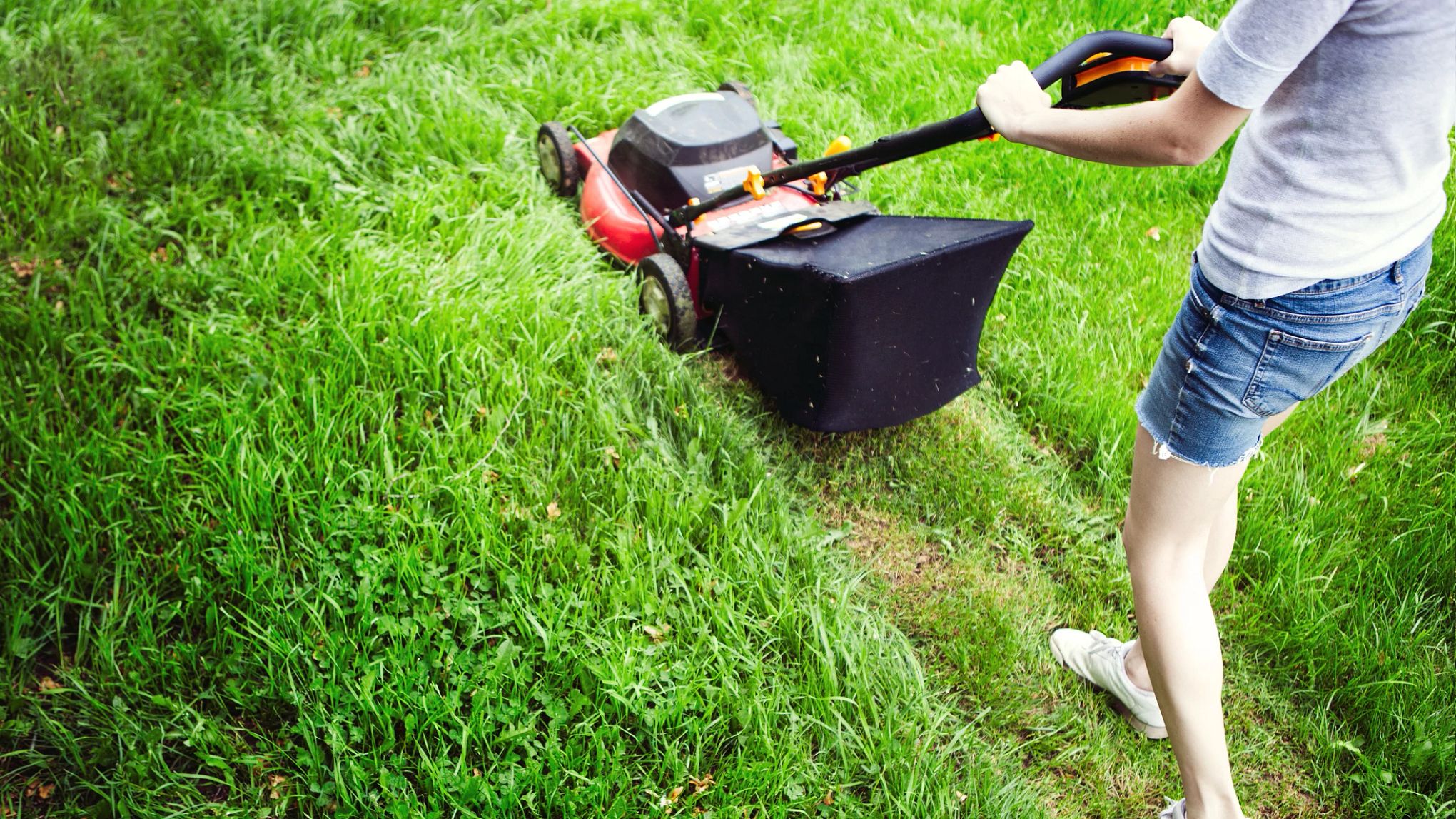AARP Hearing Center

What is no mow May about? The goal is to allow flowers to bloom in your lawn which benefits pollinators.
Bees are coming out of hibernation. According to the University of Minnesota, honeybees will need nectar and pollen as a food source. Some flowers blooming in early spring are dandelions, white clover, and creeping Charlie.
All plants that we really would rather get out of our lawns. So, what do you do if you do not like any of these flowers? Many might consider them weeds. Allow them to bloom and mow the lawn before the seeds start setting on the plant. That way you can control some of their spread.
I will mention dandelions are not considered the first source of food for honeybees. A new study from the Honeybee Research Center, University of Guelph discovered that honeybees' first source of pollen and nectar are trees.
In 2019 no mow May started in the United Kingdom by Plantlife, a conservation charity. Their mission was to "secure a world rich in wild plants and fungi" for the health of the environment according to Morgan Noll in his article titled, “Here's What to Know About the "No Mow May" Movement”.
The truth is that there were studies about how reduced mowing frequency for the entire growing season benefits honeybees. According to a Massachusetts study, lawns mowed every two weeks had the highest bee abundance compared to weekly mowing and mowing every three weeks, despite the lawns mowed every three weeks having the greatest abundance of flowers (Lerman et al 2018).
Arthropod abundance increases with reduced mowing. (Proske et al. 2022). Another interesting finding was a lower abundance of ‘pest species’ in lawns with reduced mowing schedules (Proske et al. 2022).
Once you start mowing again, raise your mower height to 3.5, or if your mower allows to 4 inches. By taking off a 1/3 of the grass blade at one time, you reduce the stress on the grass. Waiting for your grass to get to be 5.25 inches tall, by mowing at 3.5 inches is taking 1/3 of the blade off at one time.

_Linda Langelo is a Colorado State University Extension horticulture specialist, member of Garden Communicators International, and regular contributor to MarthaStewart.com gardening articles. She also produces The Relentless Gardener Podcast. She is a guest blogger for AARP Colorado and AARP Maryland. An equal access and equal opportunity University.































































